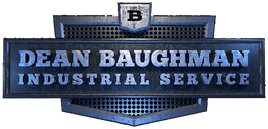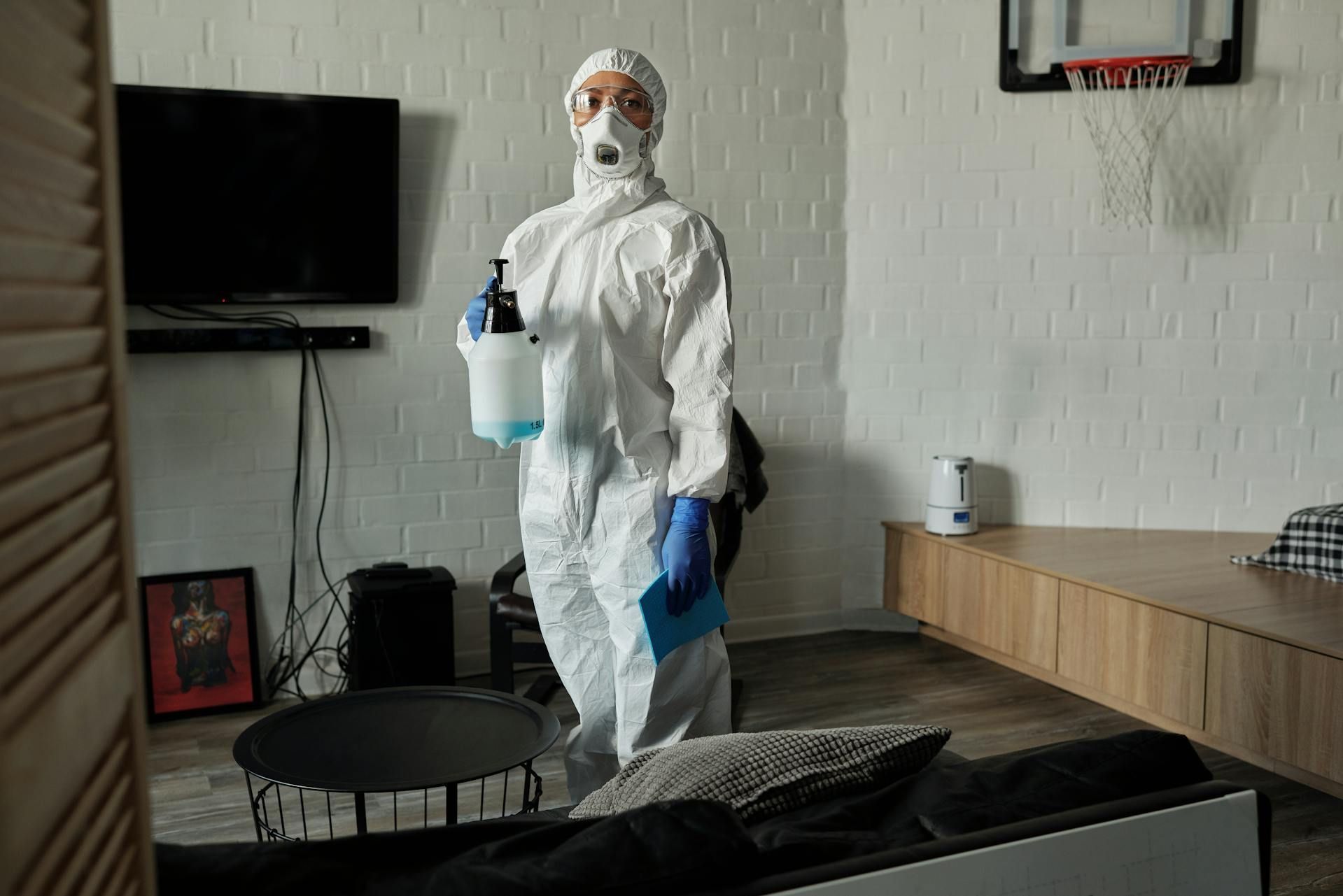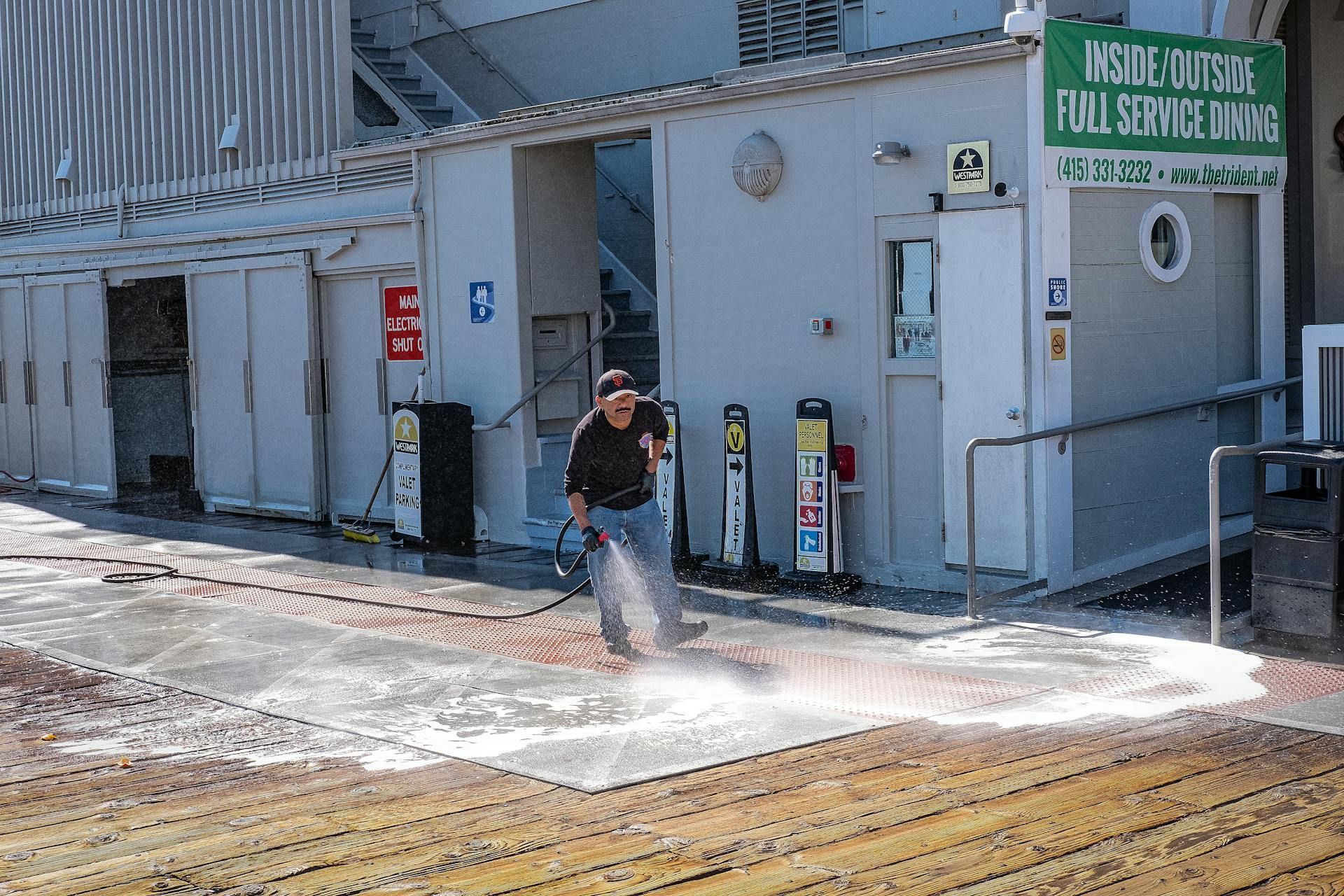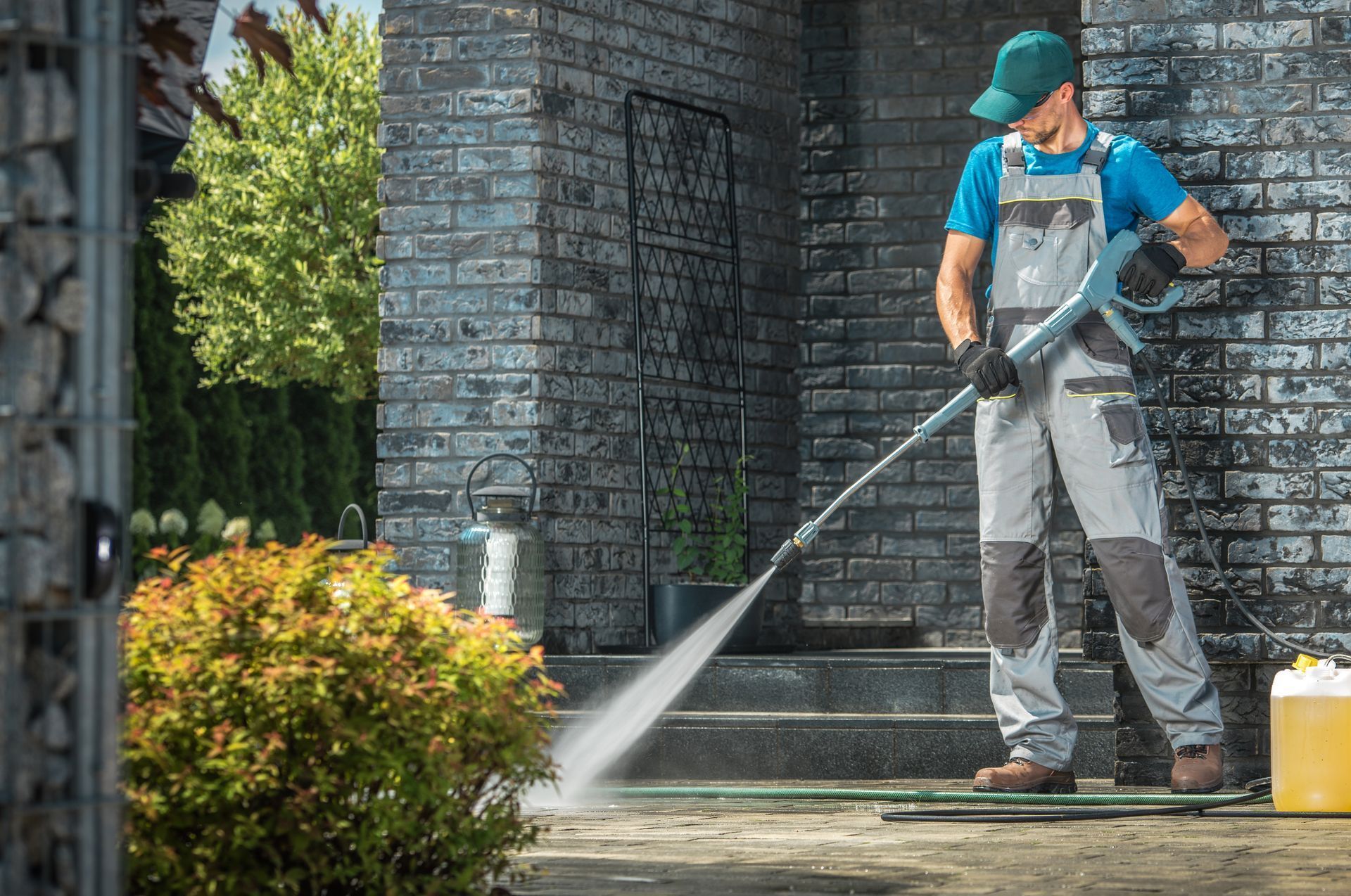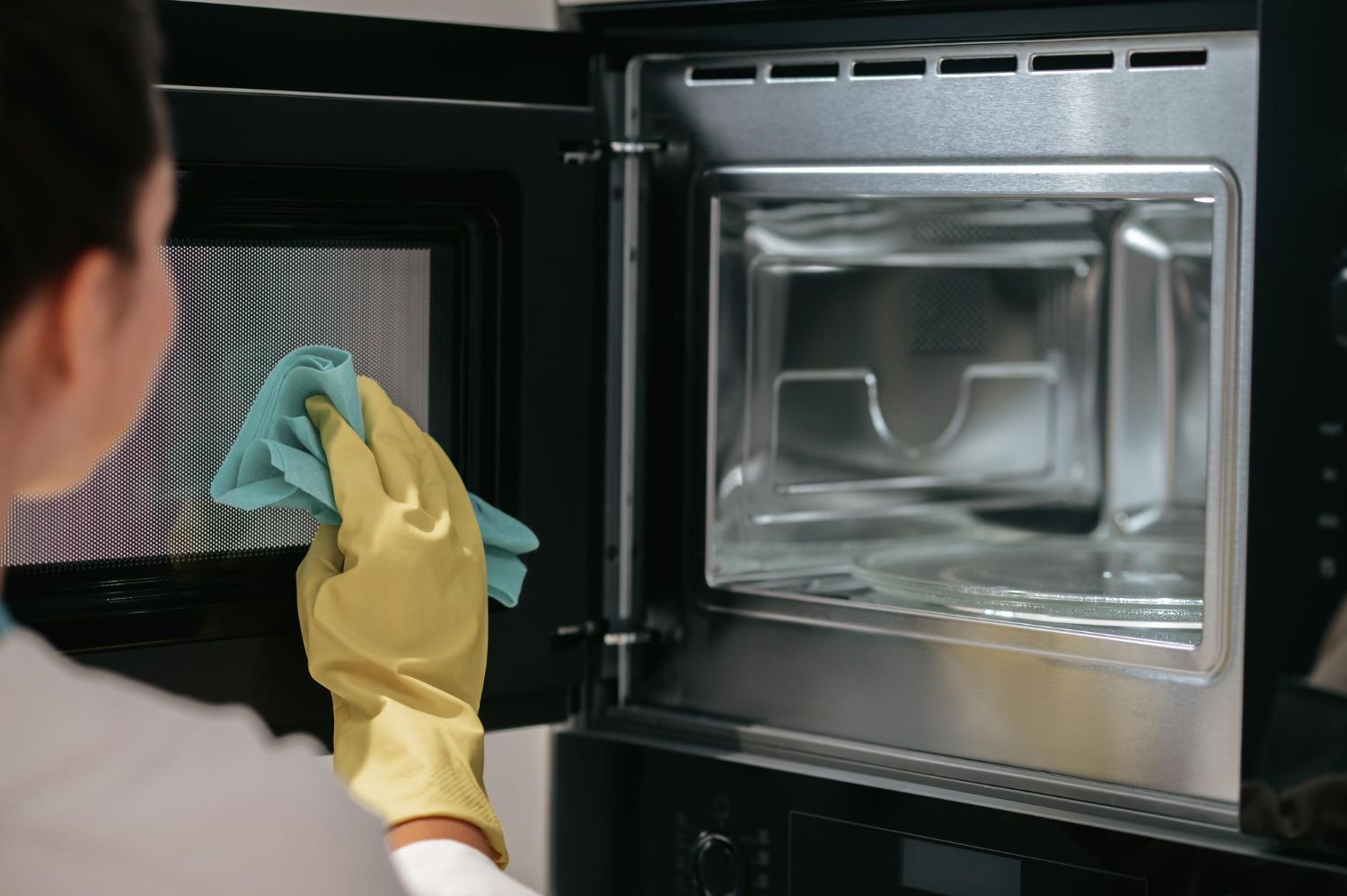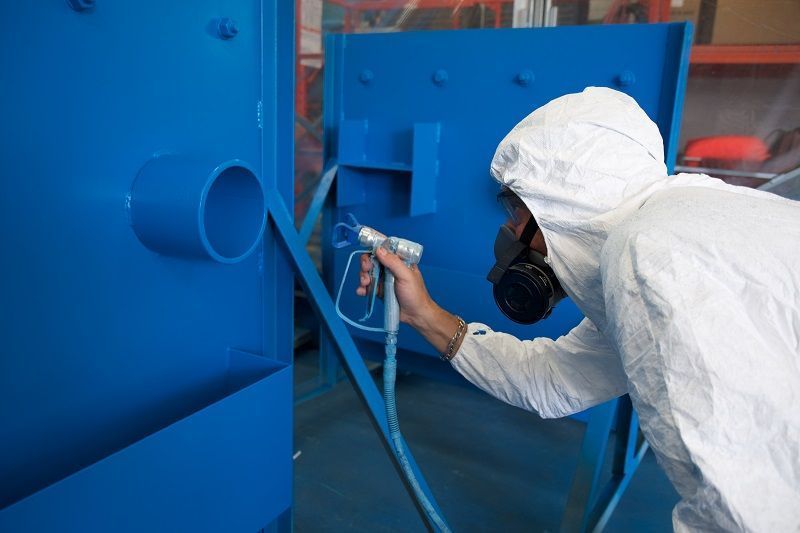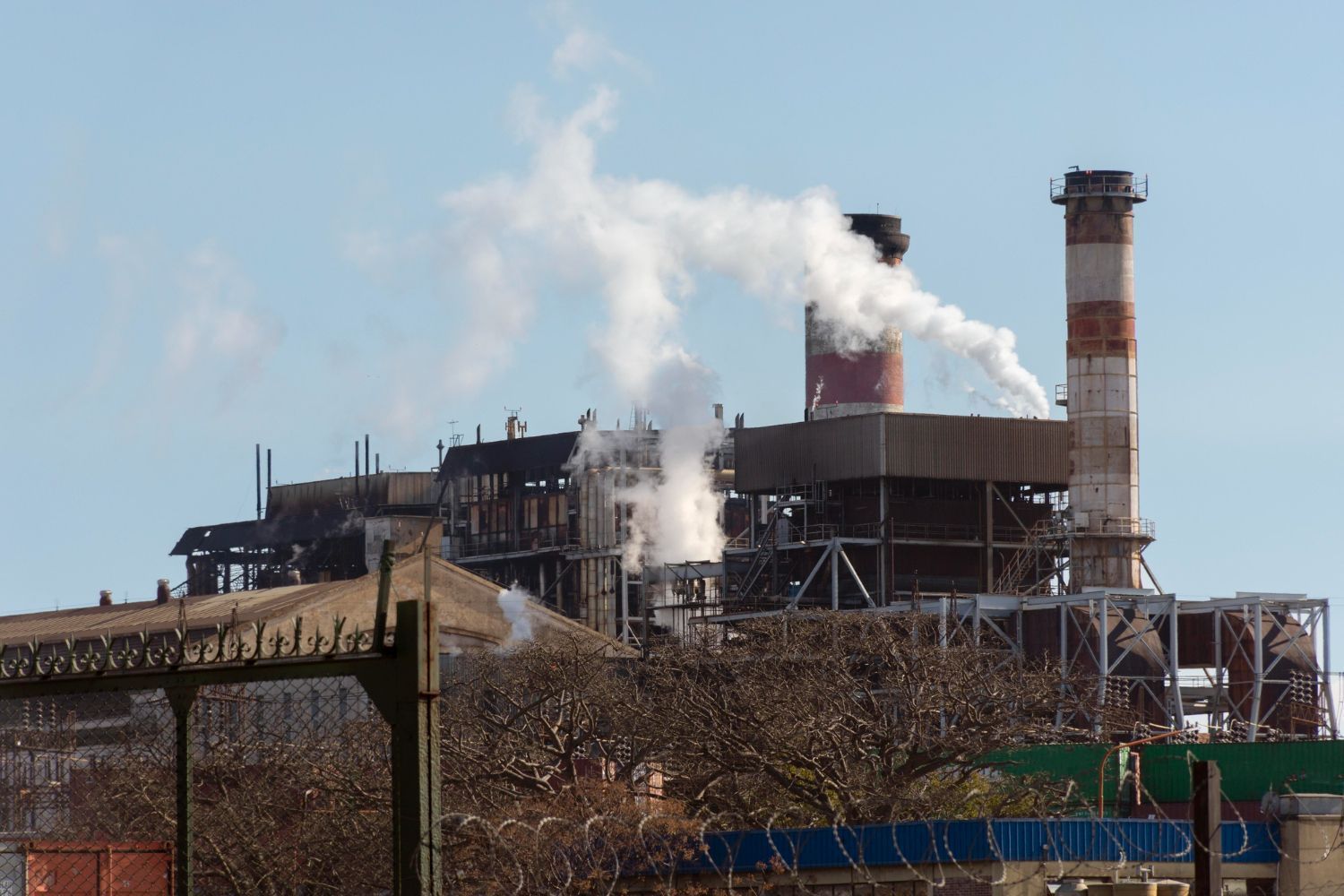Industrial Concrete Floor Repair Best Practices
Concrete floors bear the weight of progress, enduring the relentless dance of heavy machinery, foot traffic, and chemical exposure in industrial operations. Over time, this unyielding service takes its toll, leaving behind a landscape of cracks, spalls, and worn surfaces. However, the story doesn't end there. Through strategic intervention and meticulous care, these battle-worn floors can be revitalized, restored to their former strength, and even fortified against future challenges.
Having a better understanding of the best practices in industrial concrete floor repair can help preserve the very foundation upon which progress is built.
Best Practices of Industrial Concrete Floor Repair
Industrial concrete floor repair is a process that involves restoring and repairing damaged or deteriorated concrete surfaces in industrial settings. These floors are typically subjected to heavy traffic, chemical exposure, and various forms of wear and tear, which can lead to cracks, spalling, and other forms of damage over time. Repairing and maintaining industrial concrete floors is essential to ensure safety, functionality, and longevity.
To achieve the best results in industrial concrete floor repair, it's crucial to follow industry best practices.
Thorough Assessment and Planning
- Conduct a detailed assessment of the floor's condition, including identifying cracks, spalling, surface irregularities, and areas of damage.
- Develop a comprehensive repair plan that outlines the specific repairs needed, materials to be used, and a timeline for completion.
Safety Precautions
- Prioritize safety throughout the repair process. Ensure that workers have the appropriate personal protective equipment (PPE) and are aware of any potential hazards in the work area.
Proper Surface Preparation
- Clean the concrete surface thoroughly to remove dust, dirt, oils, and any loose or deteriorated concrete.
- Use mechanical methods such as shot blasting or diamond grinding to achieve a clean, rough surface for optimal adhesion of repair materials.
Selecting the Right Repair Materials
- Choose high-quality repair materials that are compatible with the existing concrete, provide the necessary strength and durability, and are appropriate for the specific industrial environment.
- Consider factors such as chemical resistance, compressive strength, and compatibility with the existing substrate.
Crack and Joint Repair
- Address cracks and joints with suitable fillers or epoxy-based products that are designed for industrial applications.
- Ensure that repairs are done to the appropriate depth and width, and that the material used is compatible with the repair area.
Pothole and Spall Repair
- Remove damaged concrete down to a stable substrate, and apply a bonding agent to ensure proper adhesion of the repair material.
- Use a specialized repair mortar or concrete mix designed for industrial floor applications.
- Compact and finish the repair material to achieve a smooth, even surface.
Consider Chemical Resistance
- If the industrial floor is exposed to chemicals, select repair materials that are resistant to the specific chemicals present in the facility.
Application Techniques
- Follow manufacturer guidelines and best practices for mixing, applying, and finishing the repair materials.
Curing and Drying
- Properly cure the repaired area according to manufacturer recommendations to ensure it achieves its full strength and durability.
- Allow sufficient drying time before subjecting the repaired area to heavy traffic or other stresses.
Quality Control and Inspection
- Conduct regular inspections during and after the repair process to ensure that the work meets the specified quality standards.
Protective Coatings or Sealers
- Consider applying a protective coating or sealer to enhance durability, reduce dusting, and provide additional protection to the repaired area.
Documenting the Repair Process
- Keep records of the repair work, including materials used, techniques applied, and any relevant observations. This documentation can be valuable for future maintenance and reference.
Post-Repair Maintenance and Monitoring
- Implement a regular maintenance program to monitor the repaired areas and address any issues that may arise over time.
Talk to Professionals
Following these best practices will help ensure that industrial concrete floor repairs are completed to a high standard, resulting in a durable and long-lasting surface that can withstand the demands of industrial environments. It's important to note that the specific repair methods and materials will depend on the type and severity of the damage, the industrial environment, and local regulations.
Consulting with experienced concrete repair professionals can also provide valuable expertise and guidance throughout the industrial concrete floor repair process. Dean Baughman Industrial Services is here to help you through the process, we are a call away.
Service Areas
Contact us and find out if we have a team in your area!
Address: Fort Wayne, IN 46825, United States of America Phone: (260) 615-0229
Dean Baughman Industrial Maintenance Services
